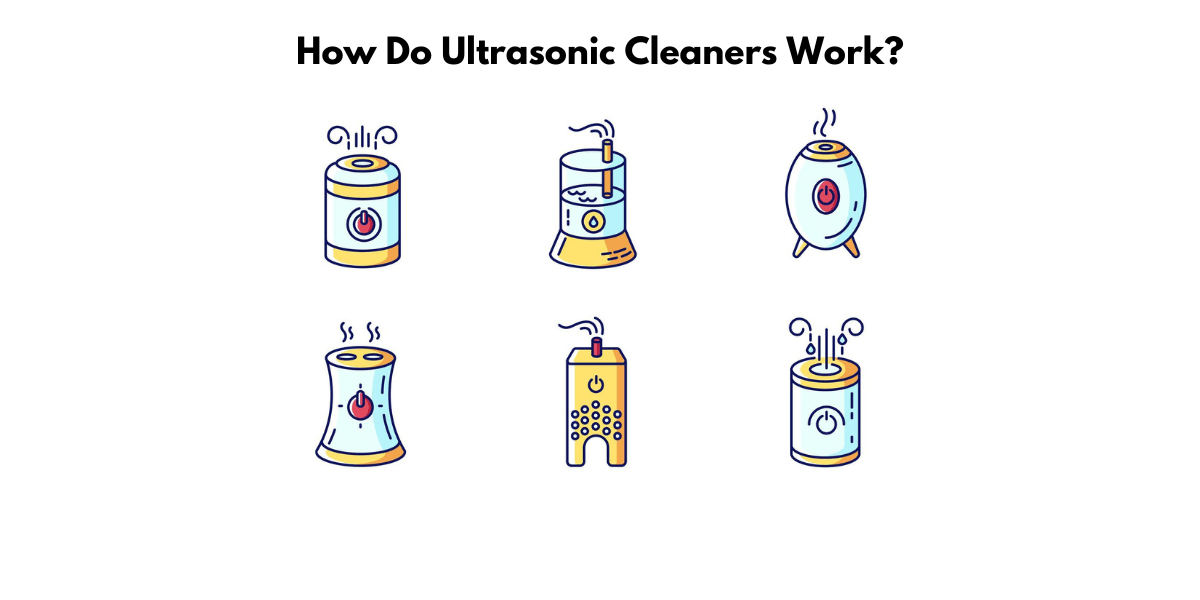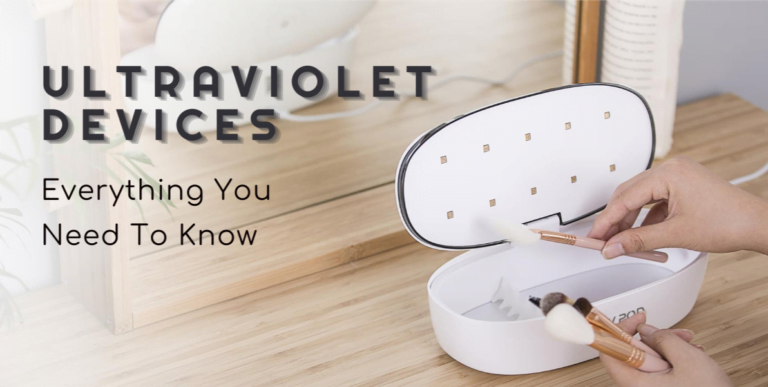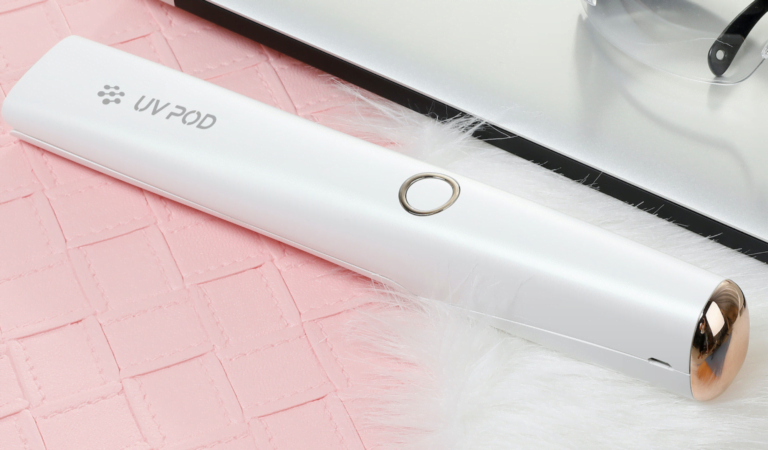Best Ultrasonic Cleaner: Everything you need to know about ultrasonic cleaners
Best Ultrasonic Cleaner
An ultrasonic cleaner is a fantastic tool that saves time and money.
This article will discuss everything you need to know about ultrasonic cleaners.
What is an ultrasonic cleaner, and how does it work?
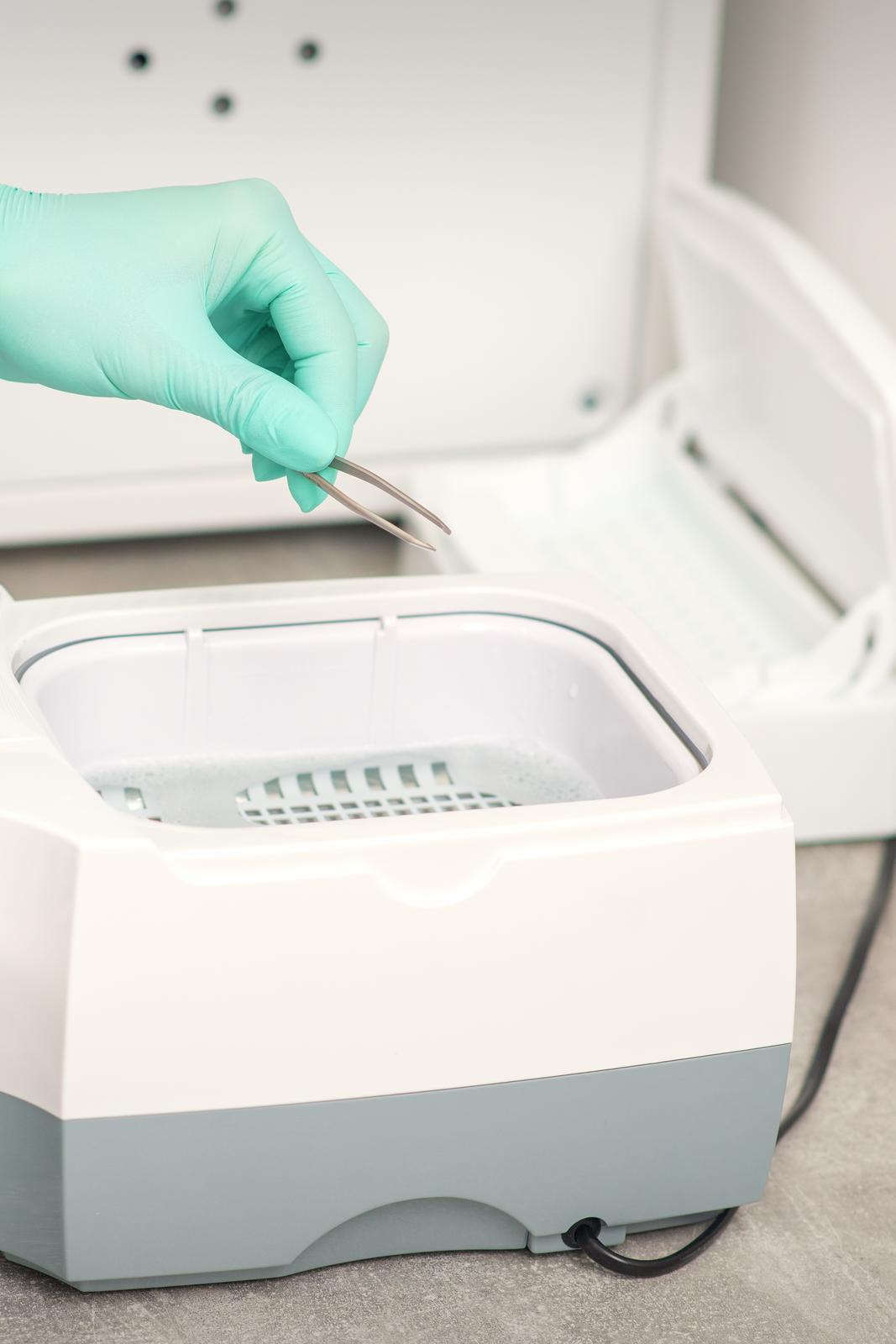
Ultrasonic cleaners use high-frequency sound waves to break up dirt, dust, and other particles. The cleaning process starts with an ultrasound transducer sending short, high-pitched waves. The waves bounce off surfaces and are reflected, creating a pattern of sound waves that travel through the air and hit the object again. This time, the waves are shorter and have a higher pitch, which causes the object to break up and be removed.
How does an ultrasonic cleaner work?
Ultrasonic cleaners use high-frequency sound waves to create bubbles that implode, creating a lot of energy. This energy is used to clean objects or remove plaque from teeth. Cavitation bubbles form on the surface of objects when ultrasound is used to clean them. These bubbles blast dirt particles off the object’s surface, effectively cleaning it.
Ultrasonic cleaners work by using high-frequency sound waves to create bubbles. These bubbles then implode, creating a lot of energy. This energy is used to clean objects or remove plaque from teeth. Ultrasonic cleaning is very effective at removing dirt and debris.
Do ultrasonic cleaners work?
It is important to know if ultrasonic cleaners work because they can be used on many items and effectively remove high-resistance rust and tarnish.
It is important to know if ultrasonic cleaners work to determine if they are effective cleaning tools. Ultrasonic cleaners use cavitation and specially targeted cleaning detergents to clean items quickly and thoroughly. They can be used on many items, with little need for human interaction. Elma builds professional precision tools that are affordable for all users.
What are the different types of ultrasonic cleaners?
An ultrasonic cleaner is a piece of equipment that uses ultrasound (high-frequency sound waves) to clean objects.
This cleaner can clean various items, including jewelry, eyeglasses, coins, and dentures. Ultrasonic cleaners are also used in laboratories and hospitals to clean delicate instruments and glassware.
There are three different types of ultrasonic cleaners. Each type has its unique benefits and drawbacks. Let’s take a closer look at each type of ultrasonic cleaner:
Household ultrasonic cleaners
Ultrasonic cleaners are ultrasonic household cleaners that use ultrasound waves to clean surfaces. These devices send out high-frequency sound waves that break up the dirt, dust, and other debris on the surface they’re cleaning.
Sonic Soak is a multipurpose ultrasonic cleaner used for anything from food to jewelry. It is environmentally friendly and free shipping for each order. Sonic Soak comes with a 30-day risk-free guarantee and 100% safe checkout.
Commercial ultrasonic cleaners
Commercial ultrasonic cleaners have a warranty, which makes them different from other ultrasonic cleaners. They are often more expensive than other ultrasonic cleaners but come with a warranty.
Commercial ultrasonic cleaners differ from other ultrasonic cleaners because they have a higher power output. They are also designed to be more efficient and have a longer runtime. Additionally, commercial ultrasonic cleaners are designed to be used in more difficult environments, such as high-traffic areas.
Industrial ultrasonic cleaners
Industrial ultrasonic cleaners are used in various industries, such as automotive, aerospace, and electronics. They are also used to clean various surfaces, including metals and plastics.
Industries that use industrial ultrasonic cleaners include the food and beverage industry, pharmaceuticals, medical devices, and aerospace. These cleaners are often used for delicate or sensitive surfaces.
How to choose the best ultrasonic cleaner for your needs?
Are you looking for an ultrasonic cleaner but not sure which one is the best for your needs? We’ll guide you through choosing the perfect ultrasonic for your needs.
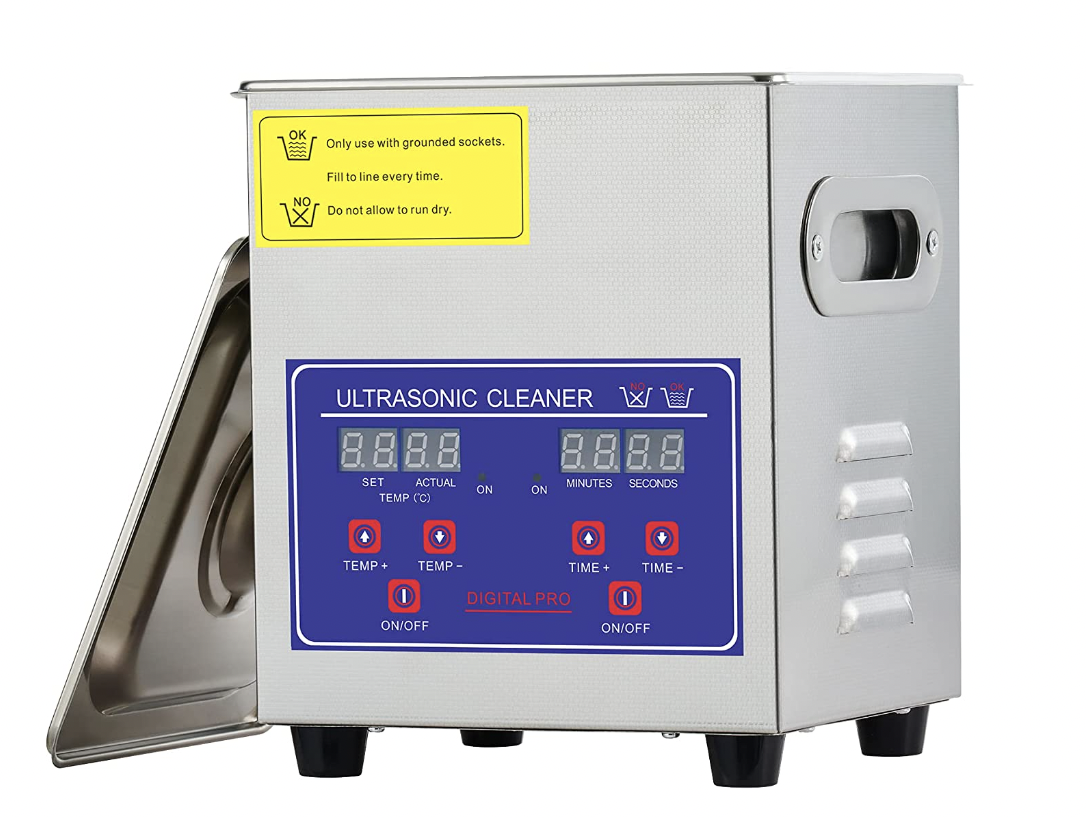
Determine the size of the ultrasonic cleaner tank you need
The size of the ultrasonic cleaner tank matters because it determines the amount of cleaning solution used and the maximum size of objects that can be cleaned. The basket in the tank limits the maximum size of objects that can be cleaned. The size of the ultrasonic cleaner tank matters because it determines how much cleaning solution can be added. The tank should be filled to the maximum level indicated inside and not to the rim.
The size of the ultrasonic cleaner tank matters because it affects the amount of cleaning solution used and the maximum size of objects that can be cleaned. The basket in the tank limits the maximum size of objects that can be cleaned. There are no risks if the objects are fully covered by the cleaning solution and held by the basket without contact with the transducer.
Choose the ultrasonic cleaner frequency that is best for your needs
Choosing the right ultrasonic cleaner frequency is important because it determines the benefits that the ultrasonic cleaner will have. Most ultrasonic cleaners operate between 35 and 45 kHz. Lower frequencies are better for removing lapping abrasives or polishing paste, while higher frequencies are better for more complex surfaces. Ultrasonic cleaners operate louder at a higher frequency. Sound-deadening tank lids and insulation are important when operating at a high frequency.
Choosing the right ultrasonic cleaner frequency is important for various reasons, including the suitability of the frequency for different types of cleaning. Most commercially available ultrasonic cleaners operate around 40 kHz. Still, lower frequencies are more effective for removing lapping abrasives and polishing paste, while higher frequencies can be more effective for removing finer features. Sound-deadening tank lid insulation is good when using ultrasonic cleaners at high frequencies.
Determine the ultrasonic power requirements for your needs
To get the best results, it is important to determine the ultrasonic power requirements when choosing an ultrasonic cleaner. Lower frequencies are more effective for coarse cleaning, while higher frequencies produce smaller bubbles that cover fine-featured surfaces more thoroughly. For delicate jobs such as cleaning jewelry, electronics, and soft metals, a cleaner operating at 80 kHz or higher is ideal.
When choosing an ultrasonic cleaner, it is important to determine the ultrasonic power requirements to get the best results. More powerful cleaners produce faster and more effective cleaning but can damage delicate items if used too much. Most ultrasonic cleaners require between 50 and 100 watts per gallon of solution to operating effectively.
Select the best ultrasonic cleaner basket for your needs
It is important to choose an ultrasonic cleaner basket that is the right size for the objects to be cleaned. If an object is too big for the basket, it can damage both the object and the ultrasonic cleaner.
Choosing the right ultrasonic cleaner basket is important because it limits the maximum size of objects that can be cleaned. If an object is too big for the basket, it can damage both the object and the ultrasonic cleaner. The size of the ultrasonic cleaner basket is determined by the cleaning tank’s dimensions and the objects it will be cleaning. The cleaner must cover all of the objects in the solution with no contact with the transducer surface for optimal results.
Consider the benefits of the sweep mode
The sweep mode is beneficial for cleaning delicate objects. Avoiding regular cleaning in delicate areas helps prevent items from being damaged.
The sweep mode is beneficial for cleaning delicate objects. It helps to avoid damaging delicate parts by allowing for a slight fluctuation in the ultrasonic frequency. This prevents dead zones and hot spots from forming.
Determine the correct ultrasonic cleaning solution
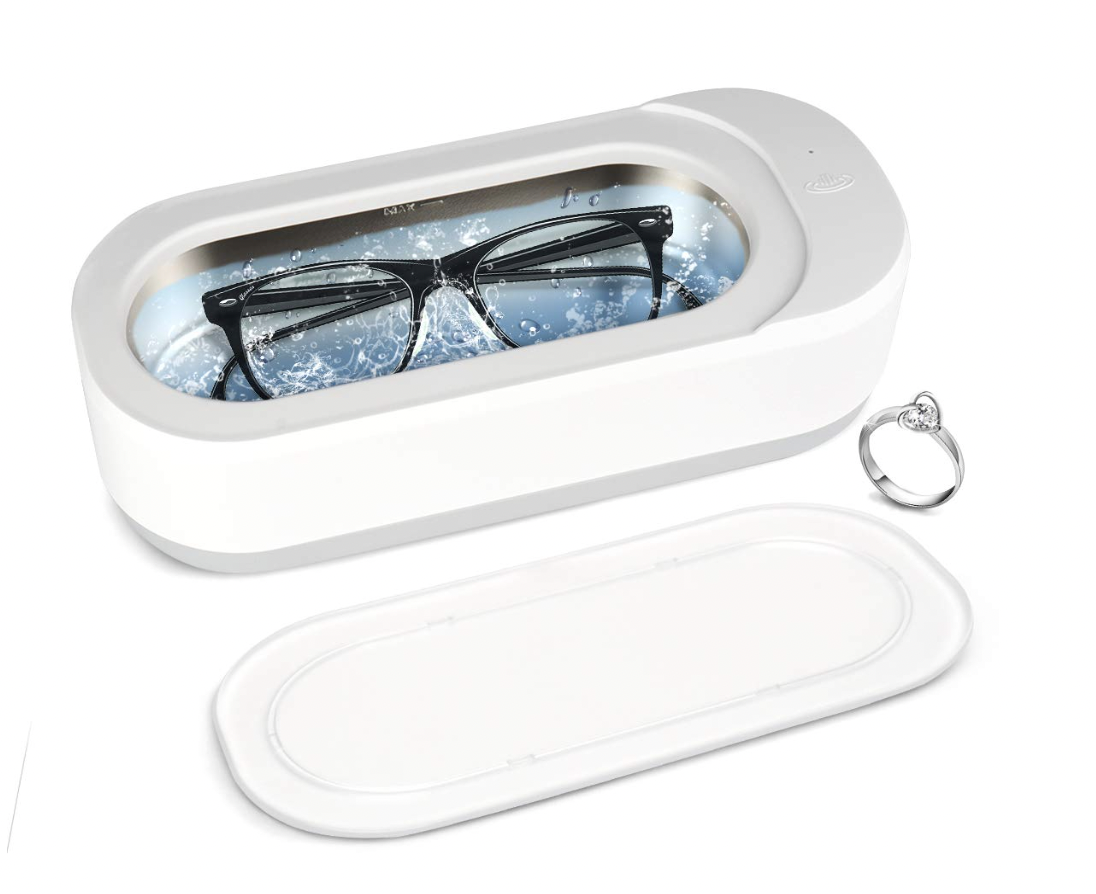
When choosing an ultrasonic cleaning solution, it is important to consider the type of materials being cleaned, the desired outcome of the cleaning process, and the available water quality. Different solvents and cleaners are better suited for different materials, so it is important to select the right solution for the job. Additionally, some solutions are more effective than others at removing certain contaminants. Finally, hard or soft water can affect how well a cleaning solution works.
When choosing an ultrasonic cleaning solution, it is important to consider the type of contaminants that need to be removed and the metals that will be cleaned. Different solutions are better for different applications. Alconox Powder Detergents, for example, are good for cleaning parts that do not involve human fluids and are effective at sparkly cleanliness without corroding metals.
Boost ultrasonic power with pulse mode
Pulse mode boosts ultrasonic power to 20%. This is ideal for tough cleaning jobs. Additionally, the larger tank size is perfect for medium-sized items that need a thorough cleaning.
Pulse mode is a feature that can be found on some ultrasonic cleaners. When activated, it boosts the power of the ultrasonic waves to 20%. This increase in power can help to remove stubborn dirt and stains.
Manage ultrasonic cleaning solution temperature
Managing the ultrasonic cleaning solution temperature is important to get the best cleaning results. The temperature of the cleaning solution should be matched to the recommended temperature for that specific solution to achieve optimal cleaning.
Managing the ultrasonic cleaning solution temperature is important to get the best cleaning results. A built-in heater is a good option, but any basic heater functionality will work. Most liquid ultrasonic cleaning solutions work best at a temperature of 120-150 °F (50-65 °C).
Use ultrasonic cleaning accessories
A digital ultrasonic cleaner uses ultrasound to break down contaminants and clean items. Some ultrasonic jewelry cleaners come with accessories specifically designed to clean certain objects. These accessories help optimize the cleaning process by effectively breaking down dirt and debris.
According to the reference, ultrasonic cleaning accessories are designed to help with the cleaning by breaking down dirt and debris.
FAQs
Here are some of the most frequently asked questions about ultrasonic cleaners.
How do ultrasonic cleaners work?
Ultrasonic cleaners use high-frequency sound waves to create a cavitation effect. Cavitation bubbles implode on themselves, creating tremendous energy that can be used for cleaning or even medical applications. Ultrasonic cleaners are beneficial because they effectively clean surfaces quickly and easily.
Ultrasonic cleaners use high-frequency sound waves to create a cavitation effect. Cavitation bubbles implode on themselves, creating tremendous energy that can be used for cleaning or even medical applications. Ultrasonic cleaners are cleaning machines that use high-frequency sound waves to clean objects. Ultrasonic cleaners work by blasting dirt off the surface with great force. These cleaners are beneficial because they effectively clean surfaces quickly and easily.
What is the best frequency for ultrasonic cleaning?
According to the reference, ultrasonic cleaners work best at 37 kHz. For cleaning delicate objects, electronics, or polished metals, it is recommended to use a unit that operates at 80 kHz or higher. A dual-frequency ultrasonic cleaner that operates at 25/45 and 35/130 kHz would be most effective for general cleaning.
The best frequency for ultrasonic cleaning is 80 – 130 kHz. Consider a unit that operates at 80 kHz or higher for fine-cleaning delicate items.
What features make the best ultrasonic cleaner for your tools and labware?
When choosing an ultrasonic cleaner for your needs, you should consider the type of contamination to be removed, the composition of the product being cleaned, and how the parts will be used after cleaning. You should also select a compatible ultrasonic cleaner with the correct frequency and solution formulation for the type of contamination removed. Additionally, you should consider how often and how large batches or individual parts will need to be cleaned and the component size and weight.
When choosing an ultrasonic cleaner, it is important to consider the type of contamination to remove and the product’s composition. Other factors to consider include how often and how large batches or individual parts will need to be cleaned and the component size and weight.
Best ultrasonic cleaners on the market
If you are looking for an ultrasonic cleaner, you have come to the right place. In this article, we will be going over some of the best ultrasonic cleaners currently on the market.
Magnasonic Professional Ultrasonic Jewelry Cleaner
The Magnasonic Professional Ultrasonic Best Silver Jewelry Cleaner is one of the best ultrasonic cleaners because it doesn’t require any solutions and cleans better than a regular jewelry cleaning cloth. The 42,000 Hz ultrasonic energy waves create millions of tiny bubbles with little effort, which means a deep and gentle clean. The chamber is large enough to fit a variety of items, and the machine has five preset cleaning cycles (90, 180, 280, 380, and 480).
CREWORKS Ultrasonic Cleaner with Heater and Timer
The Best Ultrasonic Cleaner comes with a stainless steel tank, making it suitable for cleaning fine jewelry, watches, eyeglasses, utensils, coins, children’s toys, and retainers. The 304 stainless steel tank ensures durability, while the digital display with five cleaning cycles and a timer allows the professional cleaning of rust, tarnish, cooked-on carbon, and other dirt.
The built-in heater makes it easy to adjust the temperature from 68 to 140 F according to the user’s needs.
The unit also has an automatic shut-off function when the lid is opened.
Overall, this is an affordable and efficient way to clean your jewelry without having to go through multiple washes or trips to a jeweler.
iSonic P4890(II) Commercial Ultrasonic Cleaner
What makes the iSonic P4890(II) Commercial Ultrasonic Cleaner Machine one of the best on the market? Its small size, lightweight, efficiency, and lack of corrosion are some of its great features.
Steamfast SF-1000 JULE Steam Jewelry Cloth Cleaner
The Steamfast SF-1000 JULE steam cloth jewelry cleaner is a great choice for those looking for an easy way to keep their jewelry clean. The machine heats up quickly and produces 15 minutes of continuous steam, making it a great choice for cleaning precious metals, diamonds, sapphires, rubies, and other stones.
VEVOR
The Vevor Commercial Ultrasonic Cleaner is perfect for businesses that need a deep and thorough clean. It has a large 15L tank capacity and an industrial-grade 304 stainless steel basket. The six advanced transducers on this unit make it the top pick for businesses looking for a deep and thorough clean.
UV Pod Ultrasonic Cleaner and Ultraviolet Sanitizer
The Ultrasonic Cleaner by UV Pod is a quick and easy way to clean jewelry, eyeglasses, watches, and other small personal belongings–perfect for those who want to avoid harsh chemicals or scrubbing. Its features include a 5-minute digital timer, an automatic shut-off function, and a built-in UV light sanitizer that can be used independently or as part of a cleaning cycle. The machine is lightweight and portable, making it easy to carry on the go.
- Best Ultrasonic Cleaner: Everything you need to know about ultrasonic cleaners - November 11, 2022

